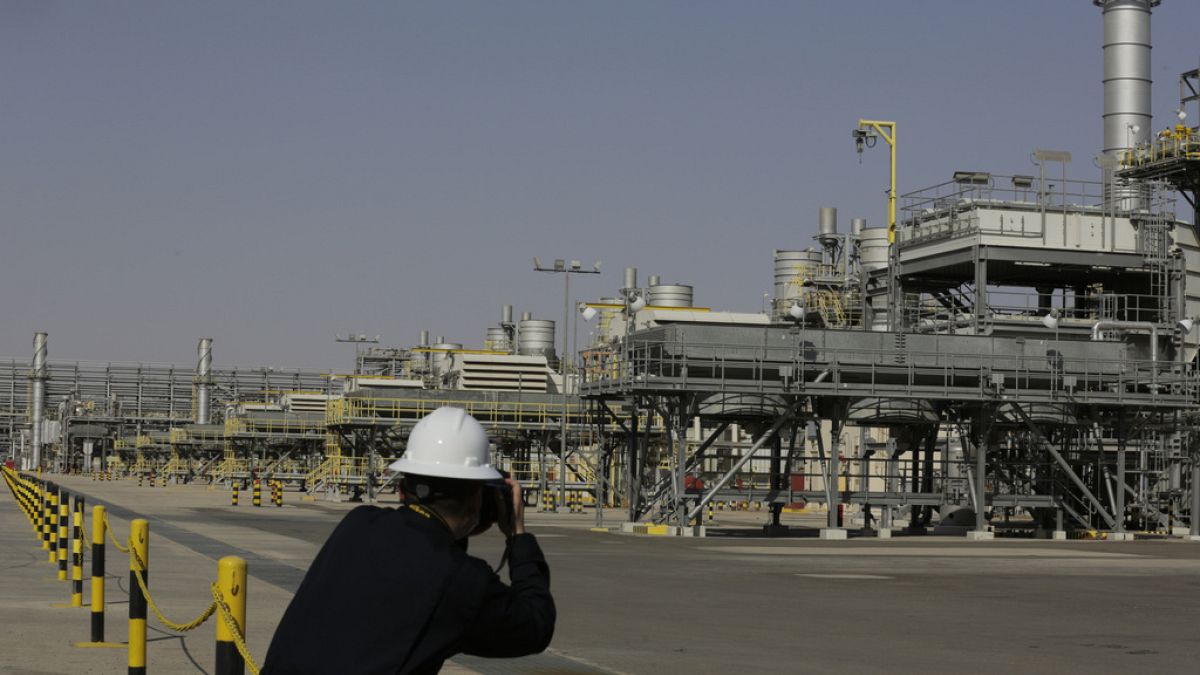

In recent weeks, a series of significant developments across the globe have hinted at both economic growth and strategic military changes, affecting energy production, international trade, and defense capabilities. As we explore these developments, it becomes clear that nations are adapting to new economic realities and security considerations.
This month, the Organization of the Petroleum Exporting Countries Plus (OPEC+) took a decisive step towards addressing the global demand for energy by announcing an increase in oil production. The agreement, reached by eight member countries, signifies a notable boost of 548,000 barrels per day starting in September. This decision is aimed at stabilizing the oil market and responding to rising global energy needs. The move is expected to alleviate some pressure on oil prices, offering a positive signal to economies reliant on imported energy and potentially fostering economic stability in oil-producing regions.
In parallel, the European military landscape is experiencing a transformation. Poland is on the path to significantly augment its defense capabilities, potentially surpassing the combined tank forces of major NATO allies such as the UK, Germany, France, and Italy by 2030. This development follows a substantial defense agreement with South Korea, through which Poland plans to expand its armored forces significantly. By enhancing its military preparedness, Poland is not only strengthening its national security but is also contributing to the broader NATO defense posture in Eastern Europe. This modernization effort underscores the importance of maintaining robust defenses in light of emerging regional threats.
Simultaneously, on the trade front, the United States is maintaining its firm stance on tariffs, particularly concerning the European Union’s car industry. An executive order from the White House, published at the end of July, sets forth a continuation of the 25% tariff on EU cars, while also establishing a 15% tariff on selected EU products. This decision reflects ongoing trade negotiations and is part of a broader agreement between US and EU leaders aimed at addressing trade imbalances. While these measures are intended to support domestic industries, they also represent a point of contention in transatlantic trade relations and highlight the ongoing complexities of international trade policies.
These diverse developments, spanning energy production, military strategy, and trade relations, underscore the interconnectedness of the global landscape. As nations navigate these changes, they do so with an acute awareness of the need for balanced growth, security, and cooperation. The world is witnessing a period where strategic decisions carry profound implications, encouraging countries to be both adaptive and forward-thinking in their approach to such multifaceted challenges.
In conclusion, while individual developments might seem disparate, together they paint a picture of a world in motion. Whether through increasing oil output to meet global energy demands, enhancing military capacities to safeguard national interests, or negotiating trade terms that benefit domestic economies, these actions reflect a dynamic global environment. As we continue to observe these trends unfold, there is an opportunity for nations to foster relationships built on mutual understanding and collaboration, ultimately contributing to worldwide stability and prosperity.
Source: {link}
